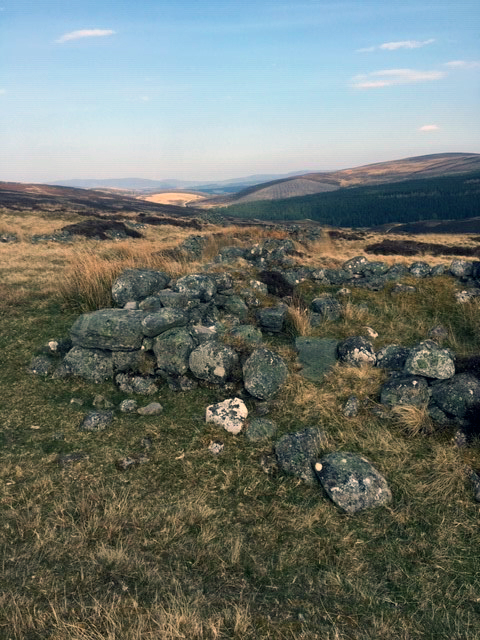Our Rutherford chapter, going back to a remarkable agency of the 1890s, makes an interesting contribution to the history of private detectives. But a Macpherson chapter on the same subject has even better material.
William Gordon Macpherson, born in Tomintoul in 1872, and growing up there, must have heard much about Gregor Willox MacGregor, the famed warlock, a legendary figure associated with the place. When William was very young, ninety-year-old Betty MacGregor – Gregor’s daughter – was living with her daughter in a cottage on the farm of Refreish, Glenlivet. William’s maternal grandmother lived next door, it being her family farm.
The Inverness Courier of 16 October 1833, reporting the ‘Death of a Warlock’ made this astonishing statement: ‘Gregor was the last of a line of ancestors, long the objects of awe and veneration, as the possessors of the only means ever known of prying into futurity, and of controlling and circumventing the works of both natural and supernatural agents!’
Amongst the bizarre reasons for the credulous consulting him, were these sensible ones: to cure cattle and to recover stolen goods. Writing in 1910, David Grewar made this valuable observation: ‘At the present day he would probably rank as a leading veterinary surgeon, if not an astute detective.’
Grewar, in a very short, but interesting contribution to detective literature, becomes quite the Watson to Willox’s Holmes. ‘A smart piece of detective work – indeed,’ writes Grewar, ‘one that would have done credit to Sherlock Holmes – may serve to show how Willox conducted his operations’.You can read more here.
Could William Macpherson count kin with the amazing Gregor? In the absence of records genealogical, I can only say this: they are connected, by the supernatural! I cite William Grant Stewart’s Lectures on the Mountains, First Series (London, 1860), at page 212. Having mentioned ‘the great necromancer of the North’ (Willox) and his ‘philosopher’s stone’, the author writes, ‘Next to the warlock’s stone, the serpent’s stone is an object very interesting’. Then comes the passage in point:
the author has seen a good woman, noted for her supernatural arts and devices, producing from her sacred bag, some of these oracles; immersing them with many ejaculations of the nature of the unknown tongue, into a basin of water, which, with like incantations, she afterwards sprinkled on cattle labouring under a complaint something like what is called the quarter illness, or red water; but we were too young to record on the tablet of our memory how far the good wife of the Crask’s experiments, were successful in curing a disease, which she had no doubt proceeded from some supernatural evil agency of the day.
During that author’s boyhood in Strathavon, the tenant of the nearby Abernethy farm of the Crask was James Macpherson. His wife, the ‘Good wife of the Crask’, was not a MacGregor: she was Elisabeth Grant. These were William Macpherson’s great grandparents. Elisabeth’s late mother, however, a redoubtable woman, was a MacGregor (See the Genealogical Table).
Background

